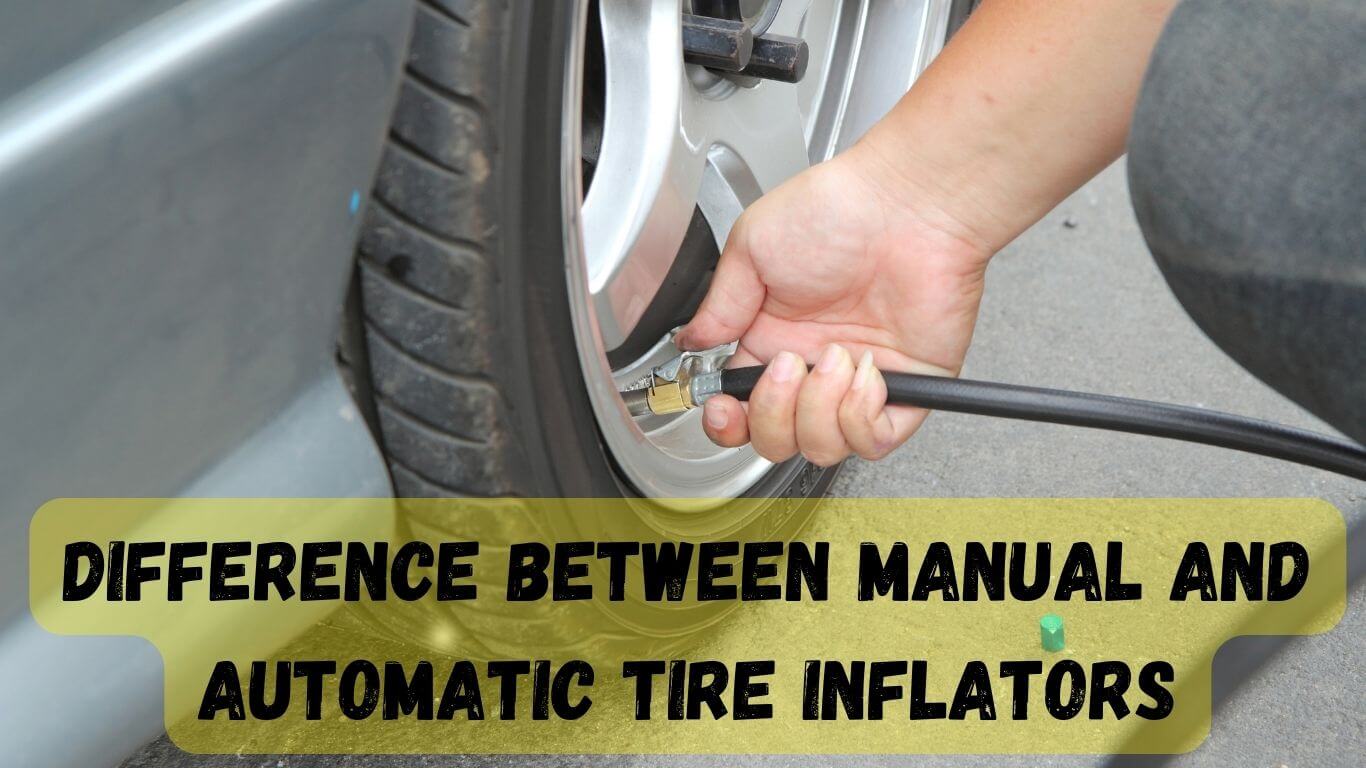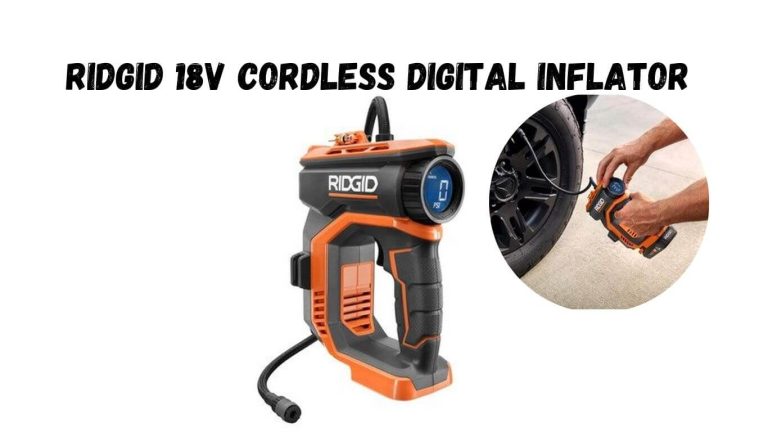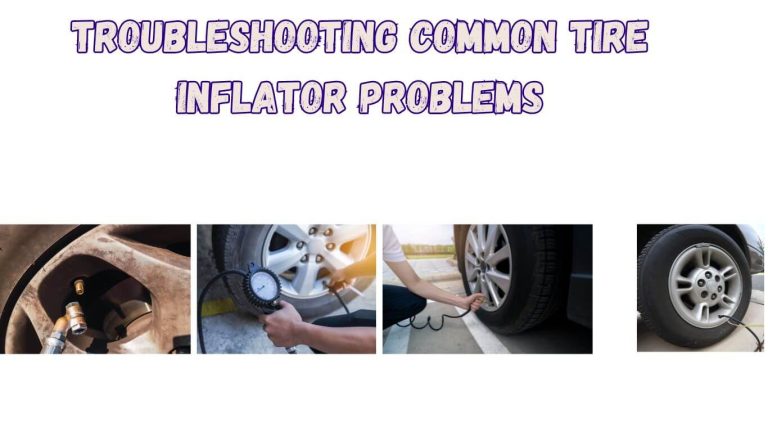Understanding the Difference Between Manual and Automatic Tire Inflators
When it comes to maintaining the proper tire pressure for your vehicle, the choice between manual and automatic tire inflators can make a significant difference in convenience, efficiency, and safety. Both types of inflators serve the essential function of keeping your tires adequately inflated, which is crucial for optimal vehicle performance, safety, and fuel efficiency. In this article, we will delve into the key differences between manual and automatic tire inflators, helping you make an informed decision on which is best suited for your needs.
Manual Tire Inflators: The Traditional Choice
Manual tire inflators require physical effort from the user to operate. They are typically hand-held devices that use a piston and cylinder mechanism. The user pumps the handle to compress air and force it into the tire. Manual inflators are lightweight, portable, and do not rely on an external power source, making them useful in situations where electricity is not available.
Pros of Manual Tire Inflators:
- Portability: They are compact and can be easily stored in a vehicle for emergency use.
- Simplicity: With fewer moving parts, manual inflators are straightforward to use and maintain.
- Affordability: Manual inflators are generally less expensive than their automatic counterparts.
Cons of Manual Tire Inflators:
- Physical Effort: Inflating tires manually can be time-consuming and physically demanding, especially for larger tires.
- Precision: It may be challenging to achieve the exact desired pressure without a built-in gauge, often requiring a separate tire gauge.
Automatic Tire Inflators: The Modern Solution
Automatic tire inflators are powered devices that simplify the tire inflation process. They can be preset to the desired pressure level, and the inflator will automatically stop once that pressure is reached. This feature not only saves time but also ensures precision and safety, as there is no risk of overinflation.
Pros of Automatic Tire Inflators:
- Ease of Use: Simply set the desired pressure, attach the inflator, and let the machine do the work.
- Precision: Automatic inflators can inflate tires to within 0.5 PSI of the target pressure, providing accurate results.
- Speed: They can inflate tires much faster than manual methods, with some models capable of inflating four tires in about 60 seconds under ideal conditions.
Cons of Automatic Tire Inflators:
- Cost: They are typically more expensive than manual inflators due to their advanced technology1.
- Power Source: Most automatic inflators require an external power source, such as a battery or an electrical outlet.
Making the Right Choice for Your Needs
When deciding between a manual and an automatic tire inflator, consider the following factors:
- Frequency of Use: If you frequently check and adjust your tire pressure, an automatic inflator can save you time and effort.
- Vehicle Type: For larger vehicles with high-pressure tires, an automatic inflator can provide the necessary power and precision.
- Budget: If cost is a concern, a manual inflator may be a more economical choice.
- Portability: If you need a device that can be used anywhere, a manual inflator offers greater flexibility.
- Precision: For those who prioritize accuracy, an automatic inflator with a digital gauge may be the best option.
Conclusion
Both manual and automatic tire inflators have their advantages and disadvantages. Your choice will depend on your specific needs, preferences, and the type of vehicle you drive. By understanding the differences between these two types of inflators, you can select the one that will provide the most benefits for your tire maintenance routine. Remember, keeping your tires properly inflated is not just a matter of performance; it’s also about safety and efficiency on the road.




